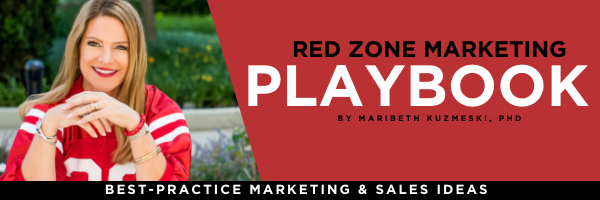4 Strategies Financial Advisors Use to Stand Out
The financial industry is more competitive than ever. With thousands of advisors offering similar services, the big question is: How do you stand out?
The truth is, clients aren’t just looking for another financial advisor—they’re looking for the right financial advisor. The one who understands their unique challenges and can provide real solutions. Here are 4 proven strategies.
Why Financial Advisors Must Prioritize Client Communication
Most financial advisors think they communicate well with their clients. But here’s the reality—clients want more communication, not less. In fact, research shows that the number one reason clients leave their advisor is a lack of proactive communication.
I’ve seen advisors dramatically increase client retention and referrals just by improving how often and how effectively they communicate. And it doesn’t have to be complicated.
3 Ways to Build a Powerful Personal Brand
In today’s competitive financial industry, being a great advisor isn’t enough. Clients don’t just choose an advisory firm—they choose YOU. That’s why having a strong personal brand is essential for building trust, attracting clients, and growing your business.
Stop Waiting for Referrals—3 Proven Strategies to Attract More Ideal Clients
Most financial advisors rely on referrals for growth, but hoping for referrals isn’t a strategy. The most successful advisors have a proactive referral process that generates a steady stream of ideal clients.
I’ve seen advisors double their business in just a few years by creating a structured approach to referrals. It’s not about asking clients, “Do you know anyone who needs a financial advisor?”—that rarely works. Instead, it’s about positioning yourself as a resource people naturally want to introduce to others.
Why the Most Successful Advisors Don’t Market to Everyone—And How You Can Too
Many financial advisors believe that casting a wide net is the best way to grow their business. But the most successful advisors I’ve seen do the opposite—they niche down and focus on a specific type of client. And the results? Huge growth in assets under management!







